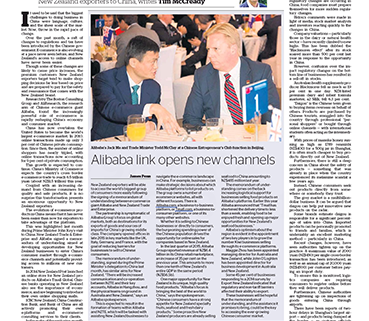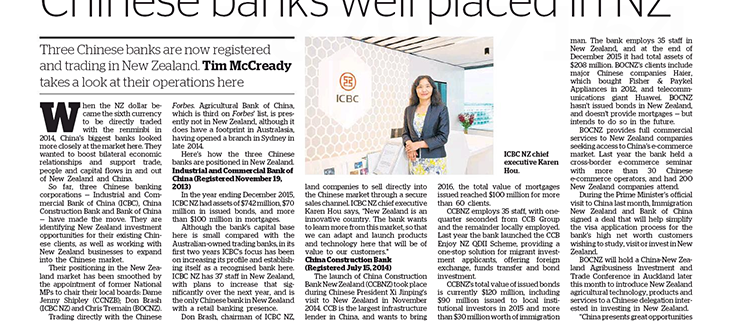Tripartite Summit: tying it all together: timing, location, and people
- The Chinese government is heavily promoting entrepreneurship and there is a natural drive towards innovation as the country’s economy moves into a new phase.
- China is quickly becoming known for high-quality innovation, and the creation of new ideas and technology out of what already exists.
- China’s history as a manufacturer of the world’s goods has allowed the country to expand on its history as a producer of low quality products made with cheap labour towards more specialised high-value products.
“It is easier to find skilled talent in China than anywhere else in the world. The quality of software engineers is equal to anywhere else, but the cost is one-third the price in China, compared to hiring staff in Silicon Valley.” – Derrick Xiong
Derrick Xiong from Ehang Inc. began his presentation at the Tripartite Economic Summit with an old Chinese saying – “timing, location, and people”.
Ehang Inc. launched the world’s first autonomous air vehicle earlier this year. The mega-drone can carry an individual for about 30 kilometres. Recently Ehang Inc. made an announcement with US company United Therapeutic – a public company with a US$5 billion valuation. The two companies are working together to develop a new system that will transport human organs for transplant patients.
Xiong referred back to the Chinese saying. “It is lucky,” he said, “that China has managed to tie all these things together.” Seemingly by sheer luck, China has got the mix of timing, location, and people right, which has allowed companies like Ehang Inc. to be part of the rapidly growing drone industry in China – the “new era of made in China”.
Timing
There is a national drive towards innovation in China and the Chinese government is heavily promoting entrepreneurship as the country’s economy moves into a new phase.
There are many startups emerging in China every day, and plenty of capital flowing around the China market to fund them. “It is very common now to see graduates exploring innovation as an opportunity,” said Xiong. “The most exciting part is that it’s no longer the best option for graduates to go and work in a big cooperation. Choosing an alternative route and working in a start-up or founding a company has become a great opportunity.”
Xiong admitted that when people think of ‘made in China’, they tend to think of low-quality products made with cheap labour. However, things are changing rapidly. The history of ‘made in China’ has given China a strong base to grow from, and allowed them to expand on their existing manufacturing facilities and skills.
Location
Xiong estimates that the amount of time his company spent prototyping their drones would be only one-third of the time spent by other drone companies based outside China.
“This is China’s big advantage,” he said. Companies in France and the United States are announcing they will shut down their consumer drone business, which Xiong attributes to how hard it has become to catch up and compete with the rapid pace of development in China.
People
Over the past decade, mobile internet has changed the way people live, work, connect, and trade. This hasn’t been ignored by China, and along with the many apps being created and launched from there, a huge pool and demand for talented software creators has been established.
Although hardware companies like Ehang Inc. focus on hardware, they also need to utilise the skills of software engineers. “It is easier to find skilled talent in China than anywhere else in the world,” said Xiong. “The quality of software engineers is equal to anywhere else, but the cost is one-third the price in China, compared to hiring staff in Silicon Valley.”
In the end, Xiong said, there will be a new definition for ‘made in China’. It will be about high-quality innovation, and the creation of new ideas and technology out of what already exists. “China’s combination of timing, location, and people will transform the way we all live in the world.”




